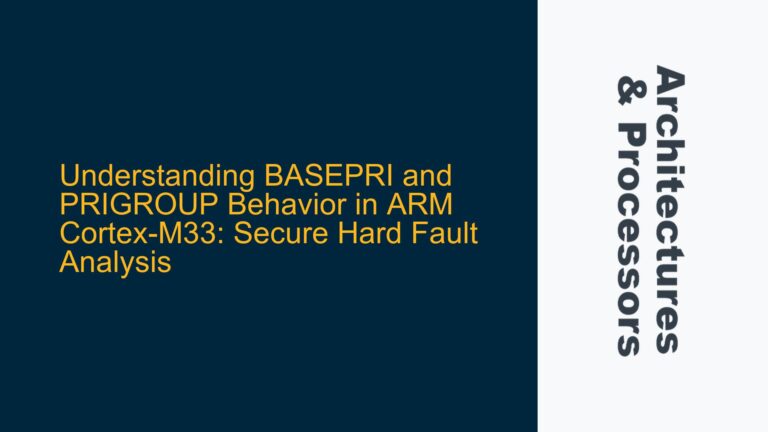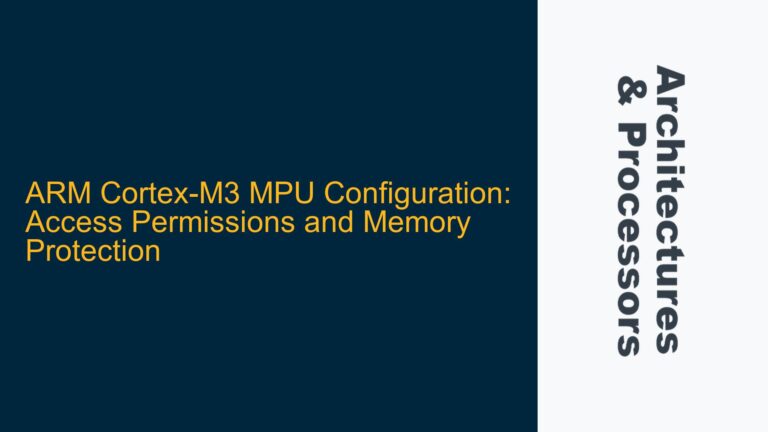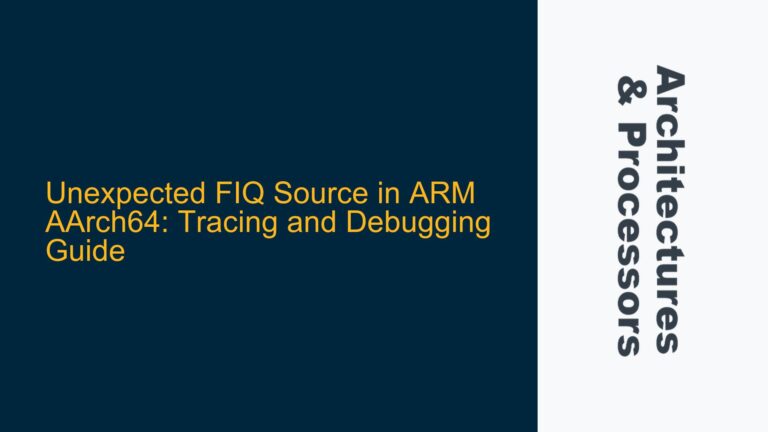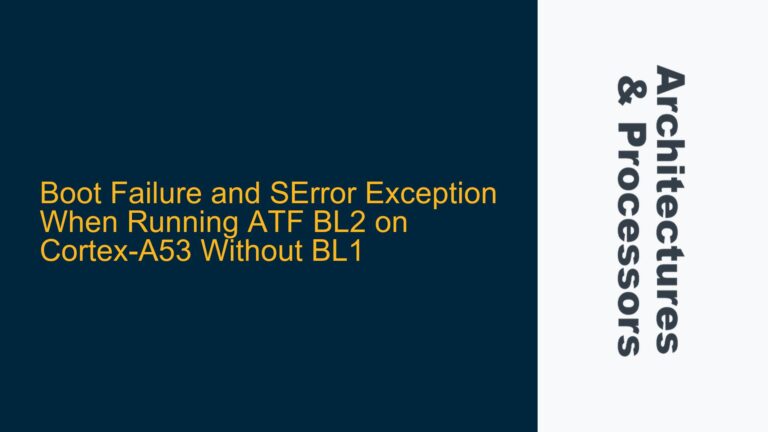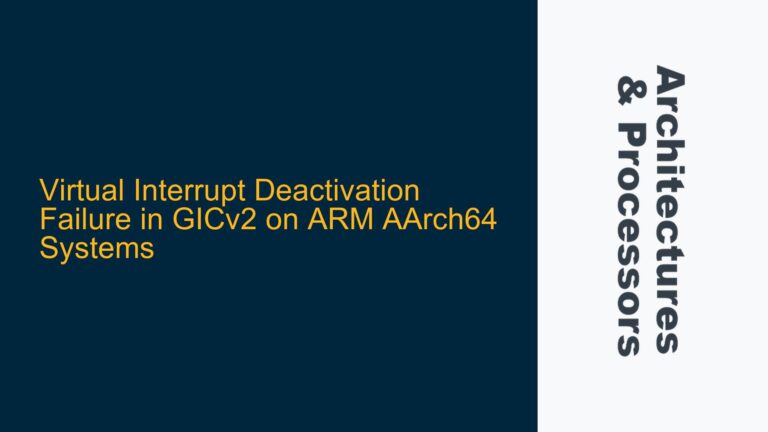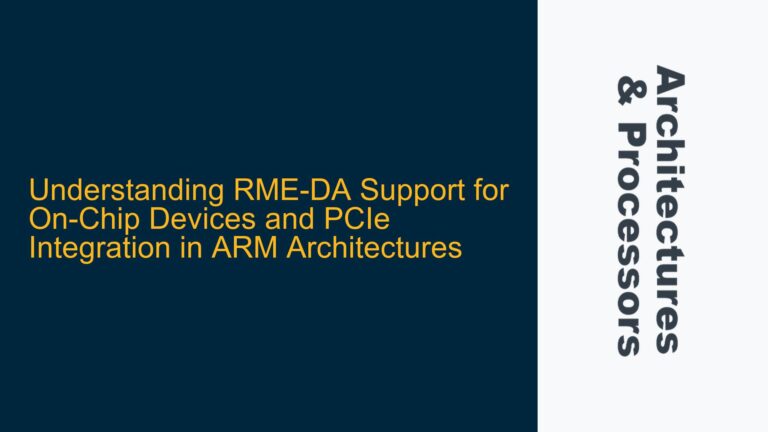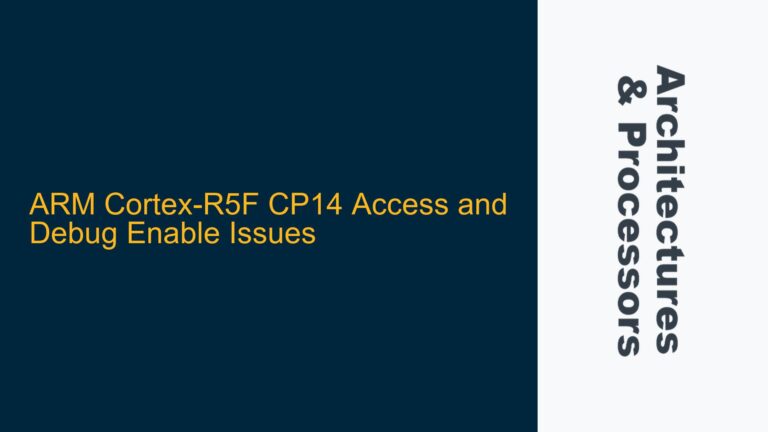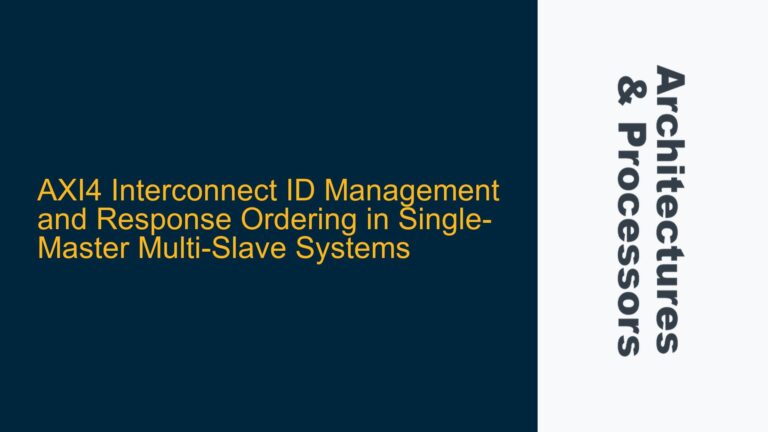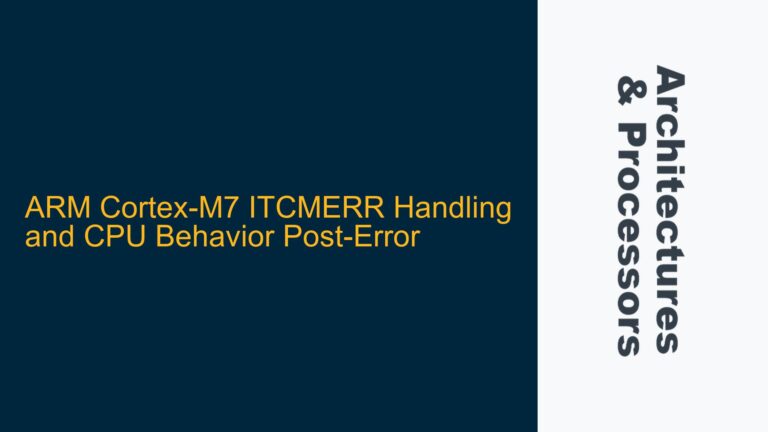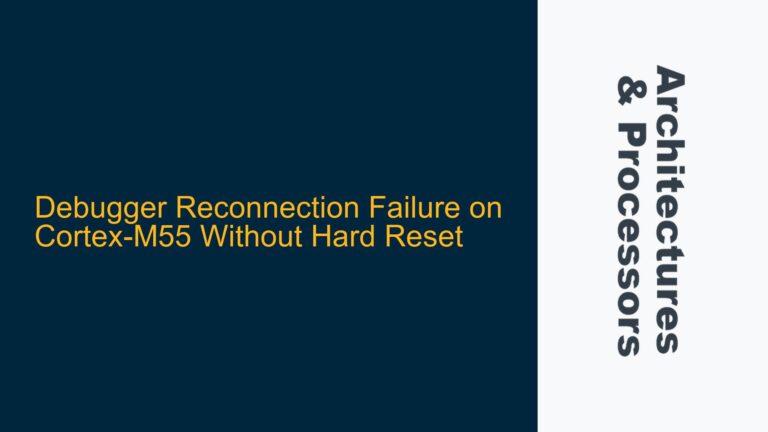BASEPRI and PRIGROUP Behavior in ARM Cortex-M33: Secure Hard Fault Analysis
ARM Cortex-M33 BASEPRI_NS Configuration and Secure Hard Fault The ARM Cortex-M33 processor, like other Cortex-M series processors, utilizes a priority-based interrupt handling mechanism. This mechanism is governed by several key registers, including BASEPRI and PRIGROUP, which control the masking of interrupts based on their priority levels. In this scenario, the user is encountering a secure…
